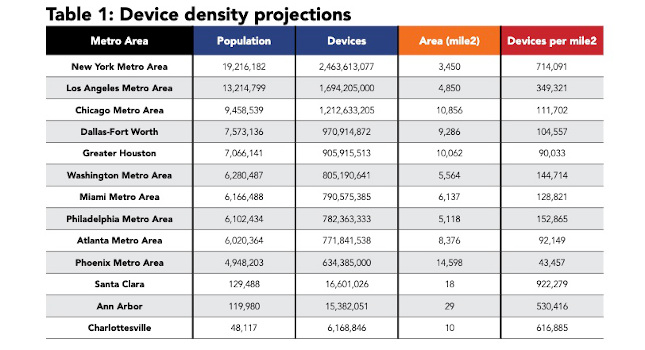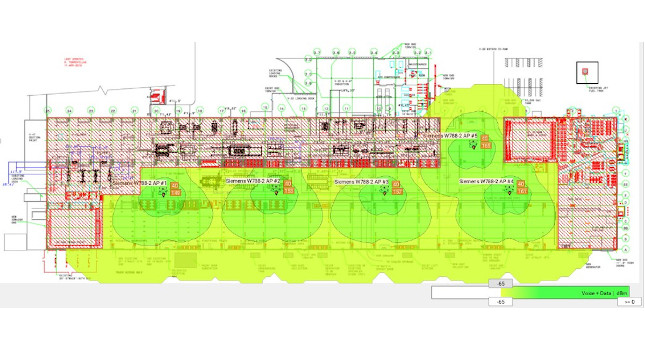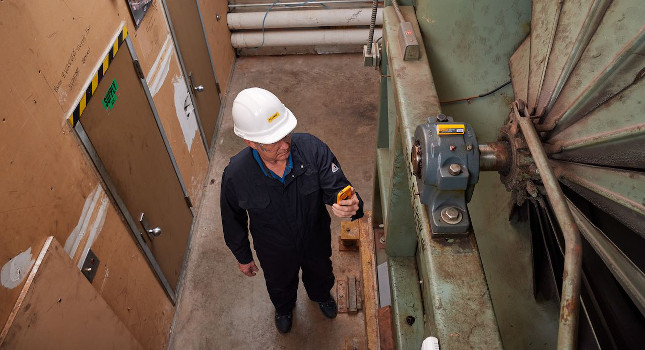The common forms of communication in manufacturing plants are cell phones and two-way radio systems.
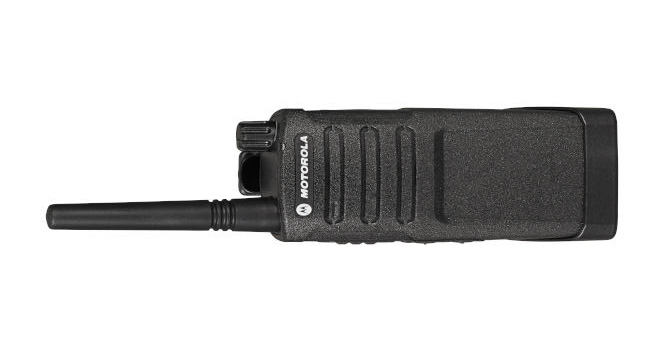
Working in a manufacturing plant requires constant communication between floor workers, foreman and superintendents. For manufacturing floor workers to do their jobs they have to have a good communication system in place. This system needs to allow employees to communicate with each other, superiors and call for help if necessary.
Manufacturing plants cover large areas and communication can be difficult when workers are on opposite ends of the facility. This is especially true at large manufacturing plants that cover tens of thousands of square feet. The common forms of communication in manufacturing plants are cell phones and two-way radio systems. Foremen have the difficult choice of deciding which communication device works best in a loud, spacious environment. Let’s look at each of these forms of communication to help you determine which one best suits the needs for your facility.
Analog vs. cellular
Many people would consider cell phones to be the best communication device, but this isn’t always the case. Cell phones allow people to send and receive text messages, make and receive calls and respond to emails. Cell phones offer a feeling of convenience because people use them in their daily lives. Yet, there are some downsides to using cell phones, especially in a manufacturing facility.
Cellular phones can malfunction for a variety of reasons like lost signal, dead zones and short battery life. Cell phones can also lead to distractions due to the different applications one can install. Cell signal is the most common issue when it comes to cell phones. Phones must receive a signal from a tower and many interferences can take place. Inside a manufacturing facility there are many machines that can disrupt signals. The building itself can also block tower signals. Two-way radios do not have these issues.
Two-way radios are easier to use than cell phones, have many different accessories and often need no extra fees. this communication device allows for instant communication between team members while keeping their hands free when working on the line. Also, addressing issues around the plant can take place immediately, which improves workflow and safety.
Two-way radios are much more durable than current cellular phones. Since most of the communication in a manufacturing plant takes place around large machinery and cement floors, you’ll want to have equipment that can stand up to dropping on the hard floor or banging against equipment. Many two-way radios offer protection from dirt and debris which is beneficial in dusty environments.
Manufacturing facilities cover vast areas that can make it difficult for employees to stay in contact. Two-way radios offer excellent range allowing for clear audio when indoors and at large plants.
The only downside to two-way radios is you may need to install repeaters, antennas and emergency power sources in larger facilities, which can span upwards of 500,000 square feet.

Applications of two-way radios for manufacturing plants
There are a few different ways to use two-way radios in your manufacturing plant. On the plant floor team members can communicate in case of emergency or if they need to speak with management about a situation. Radios can also be beneficial when coordinating large scale projects helping with logistic processes.
Maintenance crews can keep in touch with others in the case of spills or malfunctioning machinery for quick response times. For instance, a machine goes down in a part of the manufacturing process and needs immediate repair. Team members can contact the right people to solve the problem in a timely manner.
Accessories for two-way radios
Choosing the right accessories for your two-way radio will help you get the most out of your investment. Due to the loud noises produced by large machinery, noise-cancelling accessories are helpful in manufacturing plants. Earpieces and shoulder mounted microphones allow workers to communicate hands-free, allowing them to continue to do their job and communicate. Power is always a major consideration when it comes to communication devices. A universal charging deck allows you to charge many batteries at a time. This allows you to always have the power necessary to stay connected.
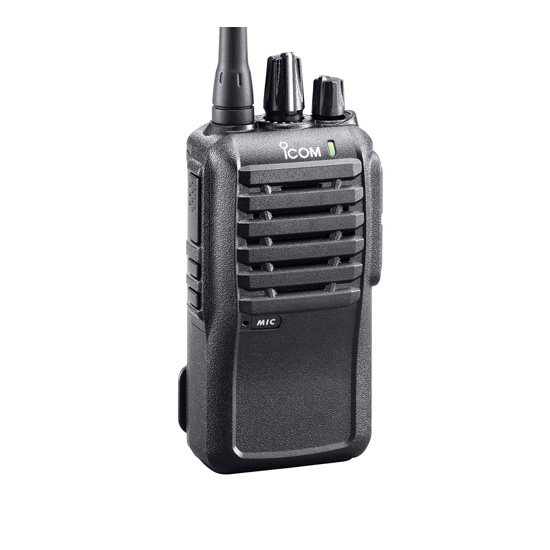
Two-way radios have been around for many years and are an effective form of communication for manufacturing workers. There are many models of radios to choose from. Contact a professional two-way radio provider to find out what will work best for your manufacturing facility.
